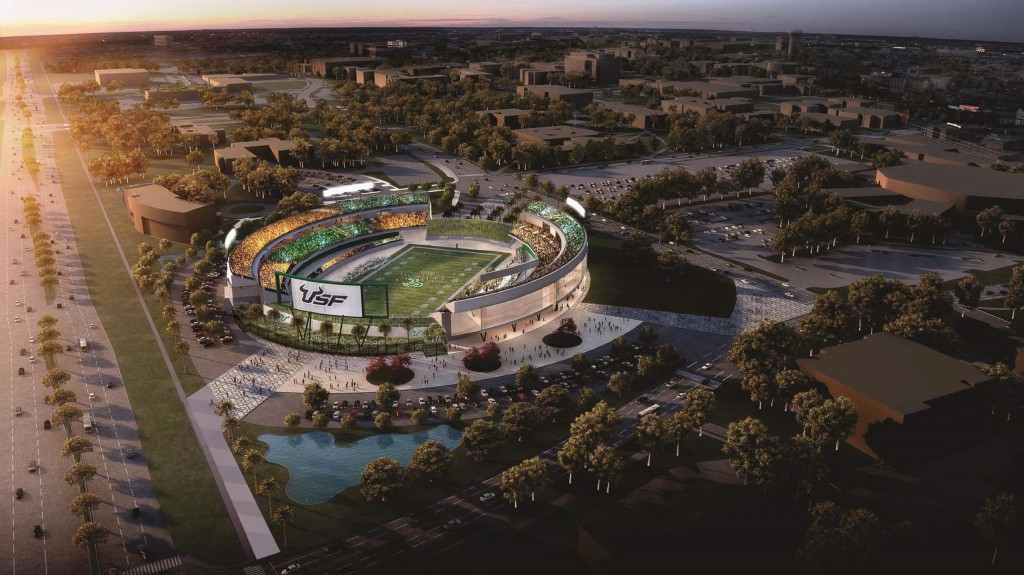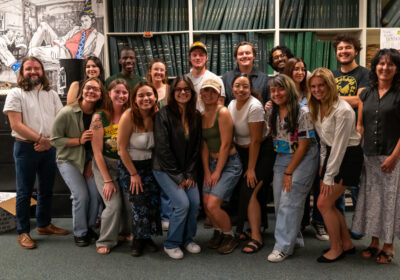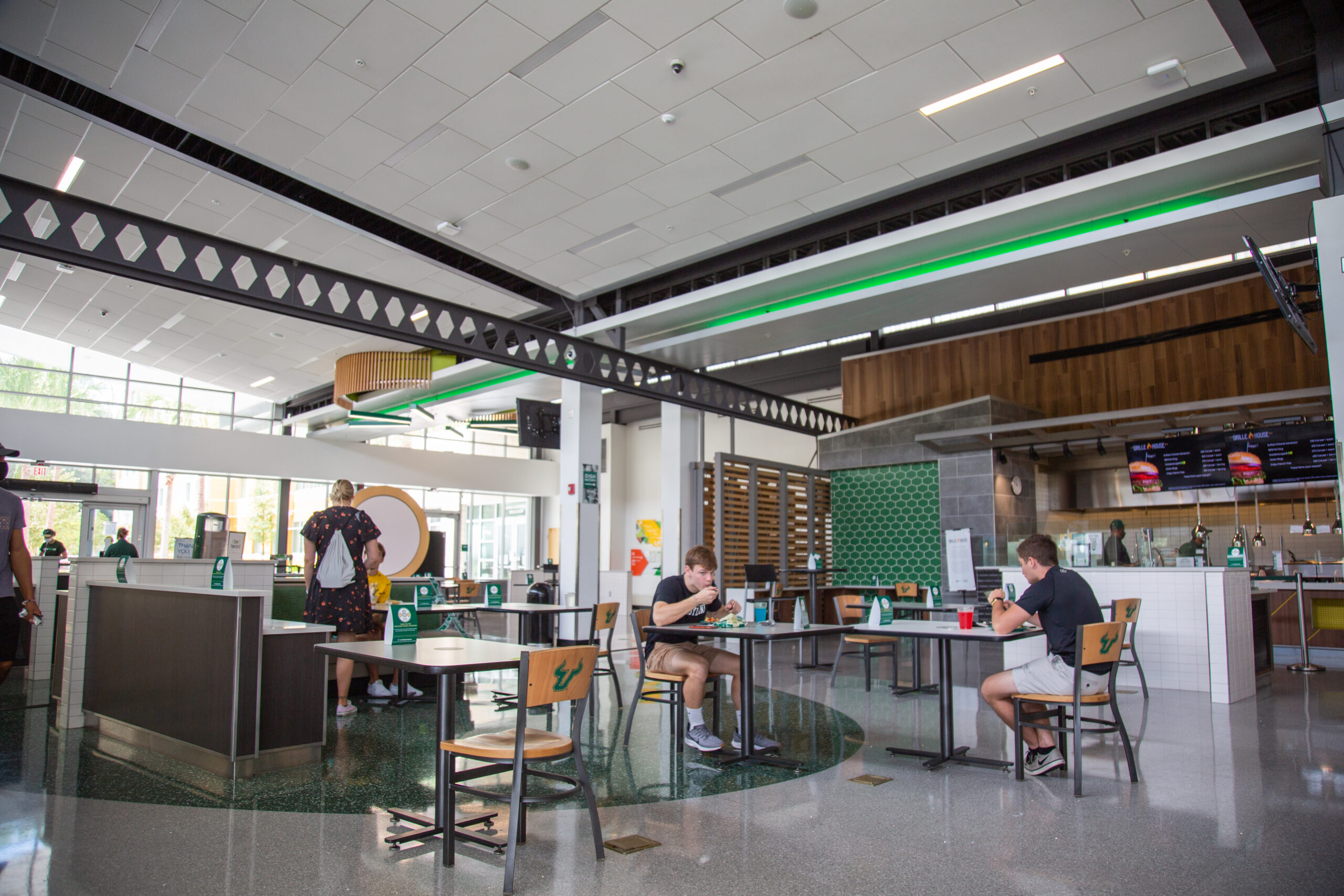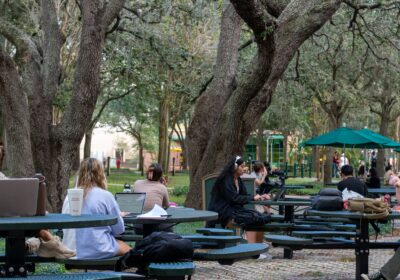OPINION: On-campus stadium is too costly

Trustee Jenifer Jasinski Schneider expressed valid concerns over the $340 million budget for USF’s planned on-campus stadium that was approved by the Board of Trustees on June 13.
In order to fund this project, the university plans to take out a $200 million loan with a 20-year term. The rest will be covered by the university through various donations and funds.
The new stadium is not worth throwing the university into this much debt. Taking on this project means that USF will be responsible for paying back $17.8 million every year which is unreasonable and irresponsible.
“I don’t know if I’d call it economic malpractice, but it’s pretty close to it,” said College of the Holy Cross economics professor Victor Matheson in a June 9 article by the Tampa Bay Times.
The university plans on paying this off with money earned through things like ticket sales, concessions and parking from games in this new stadium. However, given recent attendance numbers, it seems unlikely that the stadium will generate that kind of money.
The average announced attendance for the 2022 home games at Raymond James Stadium was 29,650, according to the USF Bulls website. Average home game attendance at UCF was 41,541 and FSU had a total of 66,742 fans per home game. While this number is already low, it accounts for all tickets sold, as well as ones that were given away.
The actual attendance averaged closer to 17,000, according to a 2022 article by The Free Press. This difference is mostly due to free tickets given to special groups like students, first responders and military. These tickets were accounted for in the announced attendance, but those who received them didn’t always show up to the games.
Given that the Bulls only won one of their 12 games that season, it isn’t surprising that school spirit is dwindling. While an on-campus stadium may be more convenient for some students, the attendance is shockingly low compared to other schools, and it is likely going to take more than a shorter commute to make such a significant increase.
In its first year of operation, the stadium is estimated to produce a net revenue of $13.4 million, still $3.4 lower than what is needed for the annual debt payments. Even if the university is expecting this number to grow, that isn’t guaranteed and it is still a huge risk.
If USF is unable to pay off the debt with money from the games, the funding will have to come from somewhere.
“It’s a huge endeavor. We build buildings without something like this. And so the funds being diverted from other academic sources are very concerning to us,” said Schneider.
Those in favor of the project, like Chair Will Weatherford, say that construction of the stadium is a necessary risk and that not doing it would mean the Bulls falling behind.
While an on-campus stadium may help boost attendance, there is no guarantee it will be enough. It would make more sense to wait until attendance starts to improve before counting on the stadium to drastically increase revenue.







